Last year, Richard Hoover explained the visual effects work on 6 Underground. Today he comes back to talk about his new show, Red Notice.
How did you get involved on this movie?
I was just finishing 6 Underground when Netflix contacted me to see if I would meet Rawson. I flew back to LA from somewhere I don’t recall and took an Uber from LAX to Studio City and met him at a coffee shop. I told him my approach to being a Visual Effects Supervisor for a director and some basic things about how I look at the work to be done. We discussed the film briefly and later that day I heard that he liked what I had to say.
How was the collaboration with Director Rawson Marshall Thurber?
Really great. He was always open minded and listened to your ideas and gave you clear direction from there. In my initial meeting I discussed trust as something that had to earned. It wasn’t long into the show that that happened.
What was his approach and expectations about the visual effects?
He wanted things to be real and to look good. He had some stories of bad experiences and he just didn’t want to go through that again.
How did you organize the work with your VFX Producer?
Our approach was to turnover sequences as a whole as much as possible. I pushed for using Evercast as our video review tool. I had used them on 6 Underground with great success, so I thought it would work well for us. I liked the idea of always being available with instant access to each vender and what each of us wanted to show.
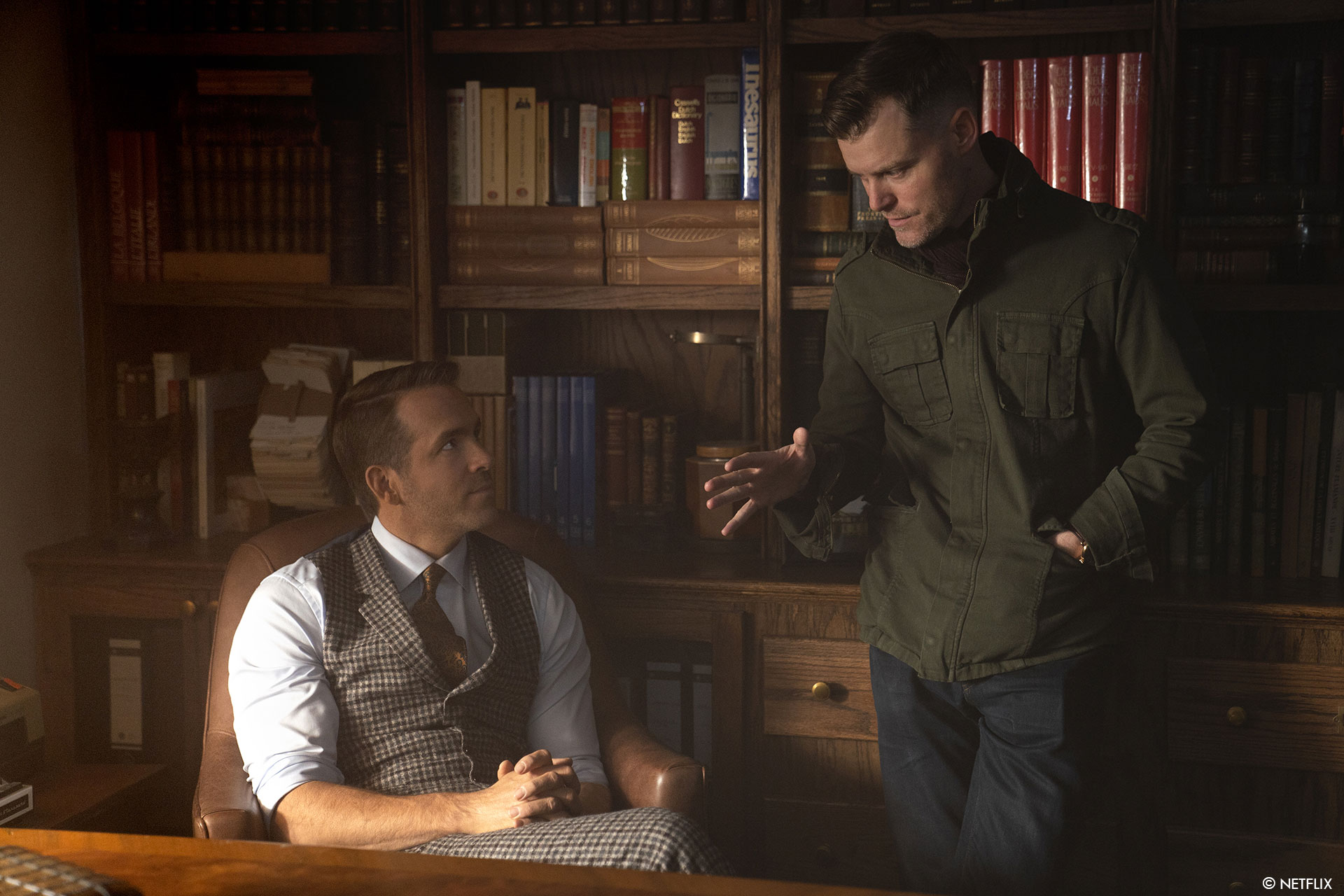
Can you tell us how you split the work amongst the vendors?
Rawson wanted to use ILM for the major portion of the work so that was a mandate. Framestore got a good portion also. Blondel had often used an inhouse team for his past shows, so we discussed how that would work and planned on using them for comp only type stuff. Once Covid happened, then things changed a great deal as our inhouse crew were slammed with the Ballroom scene alone. More vendors were added, but we tried to keep to sequences as much as possible.
The movie is taking us to various places. Where was filmed the exteriors of the movie?
It was the intent to travel to many of the places seen in the film, but Covid did not allow that to happen in the end. We scouted Rome and Paris at the films start and did ultimately go to Rome at the end of the film for a few days, but most of the show became a replica set driven approach once Covid happened. Framestore ended up making the Louvre for that reason.
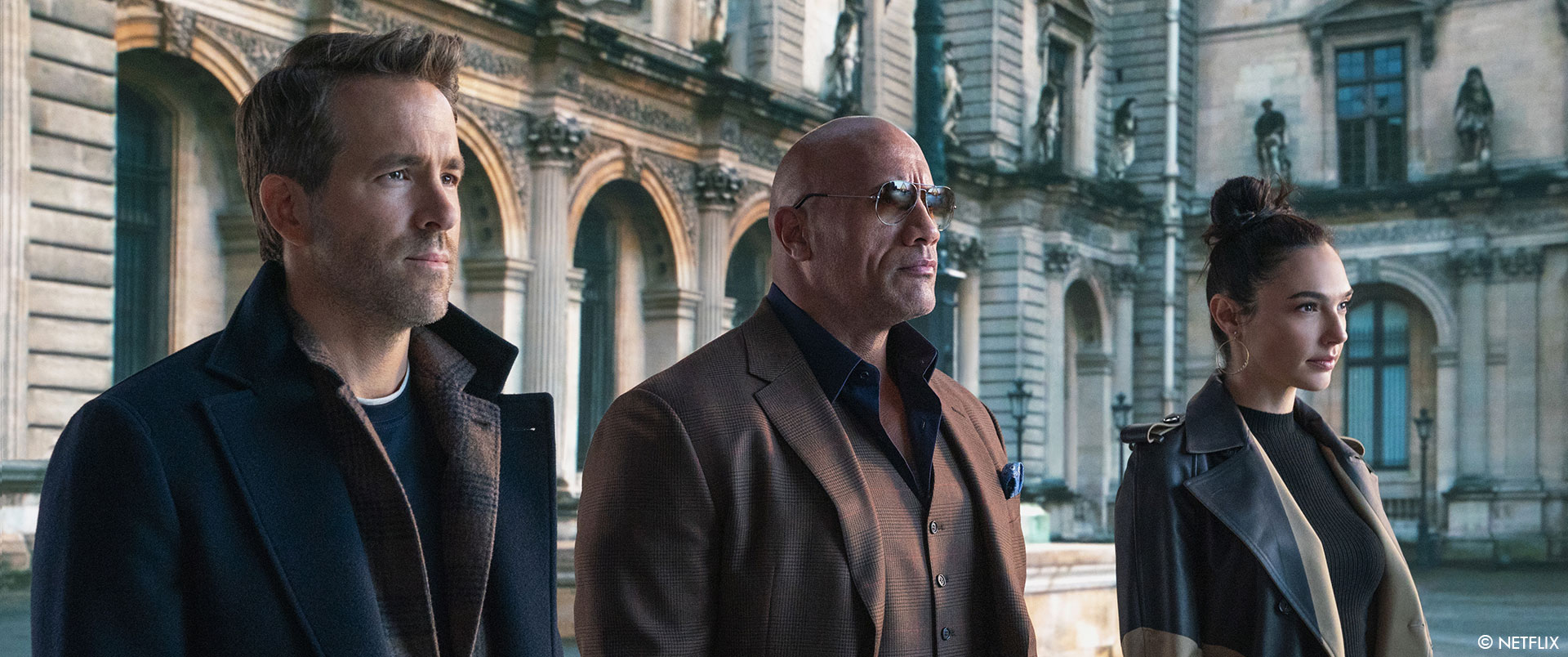
Can you explain in details about the environment creation?
As I said earlier, once we were grounded by Covid and sets where needed for every location, the show became an extension kind of approach. Each chapter of the movie begins with a wide drone shot so not being able to go to that location created some challenges. Many of the sets of the buildings were going to shoot had to be scaled down to fit on the stage or the backlot. I still wanted as much real photography as I could get to complete the environments and architecture however. So, we hired production crews to shoot for us all over and supervised by zoom. Sometimes they were texture shoots and sometimes plates we enhanced in post. Some locations just would not allow us to shoot what we wanted so they were generated from research or scouting photos.
Did you received specific references and influences for the environments?
Yes, Andy Nicolson, our production designer did a great deal of research. He provided photos and illustrations of his ideas and notes for the discussion he had with Rawson. I discussed all of my ideas with him, it was a very collaborative work flow with the art department staff.
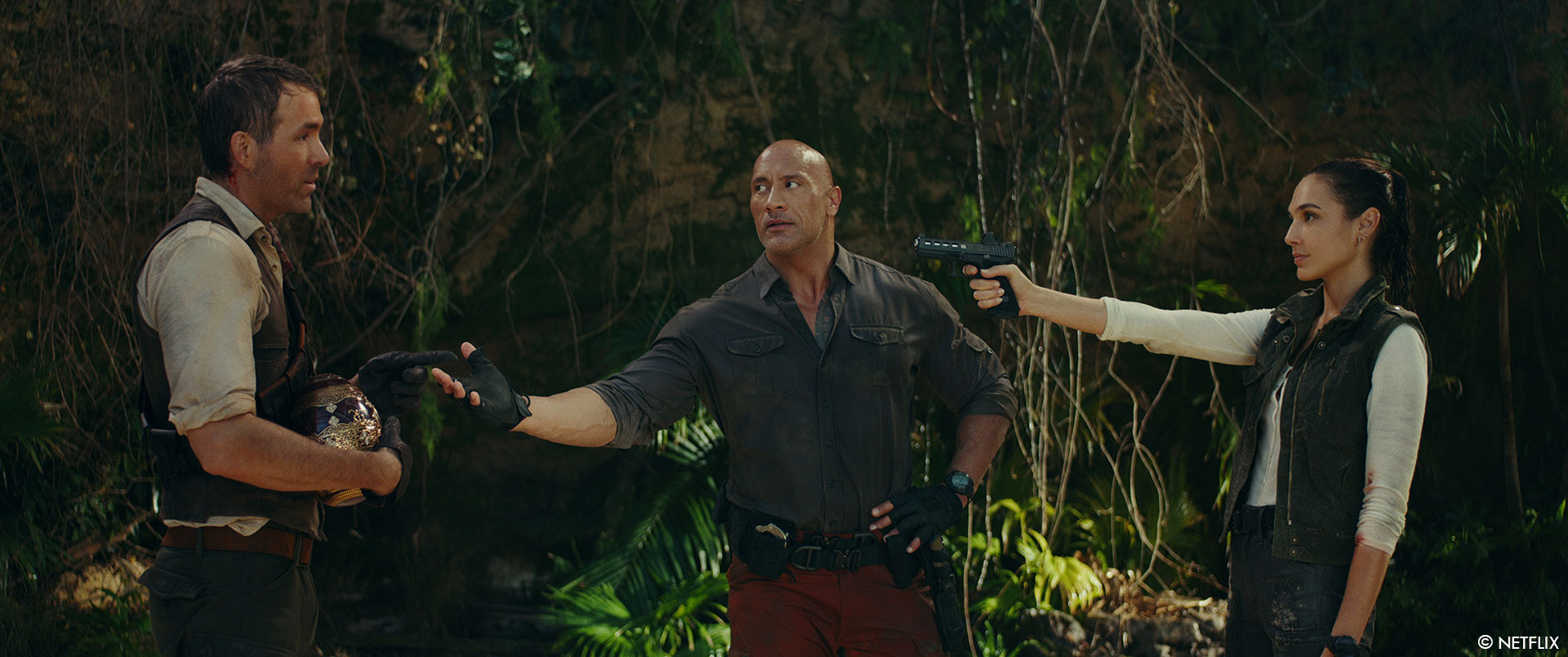
Which location was the most complicate to enhance and why?
The opening shot of the movie is by far the most complicated and was very difficult to achieve. In the end, it was more of a relief than a happy ending. There are things that just never worked perfectly and there was no way around them no matter how hard we tried. ILM did a fantastic job creating that shot however. Some details as to why are; the set of the Castel Saint’ Angelo museum was built about 20% smaller on the backlot which meant the plates we shot in Rome did not fit. The set was also situated so that it was always backlit, (makes sense right) but that never occurs in Rome. In fact it was 180? different. We also shot DJ and Ritu Arya by themselves for Covid safety and then added everyone else with poor man’s motion control plates on the set and in Rome. Last, the opening is photographed with a Race Drone over Rome and hooks up to a sprinting Steadicam operator to the car that DJ exits and continues to the door of the museum.
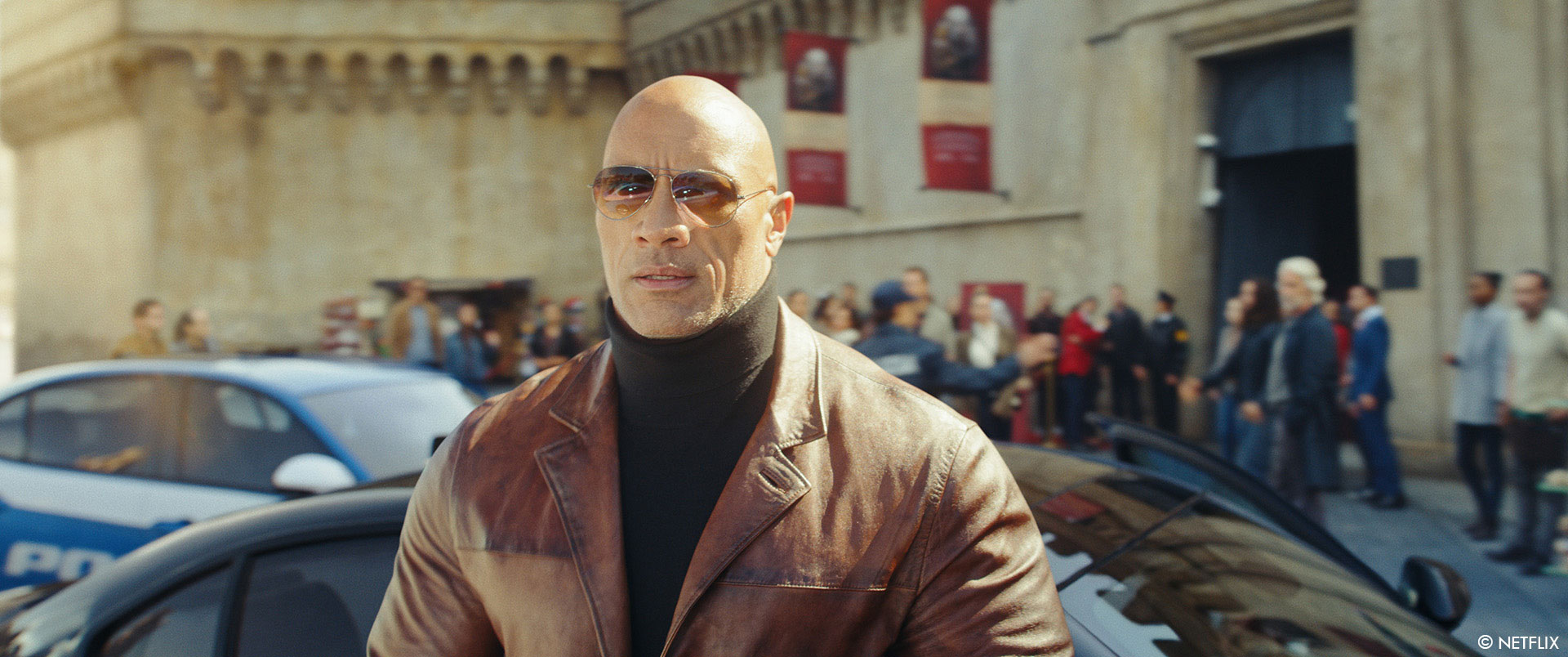
Can you elaborates about the prison environment?
The prison environment was based on a rock formation in the Italian Dolomites and an observatory in the Austrian Alps. Andy Nicolson found these places in his research and I shot plates in the Dolomites based on photos he provided at the start of the movie. Andy designed the prison and gave us a ruff model as a guide. The design was a combination of eastern block architecture and the observatory in the Alps. Framestore flushed out the prison build and used the Dolomite plates to build the surrounding environment. The set was constructed in two parts on the Atlanta Studios backlot. The first part included the first story walls to either side of the gate, the tram building to the right of the entrance and the bridge to the landing pad. All of this was about 6 feet off the ground. The prison yard where the hole in the wall occurs was build separately also on the backlot. These two sets were shot pre-covid. J.D. Schwalm and his crew engineered and built the bridge. He also engineered the explosion and the the destruction of the bridge which had fell to the ground in the plate. Framestore took over and extended everything around it. The bridge explosion close ups were shot on a separate piece of the bridge rigged with cables to fall against a taller set piece.
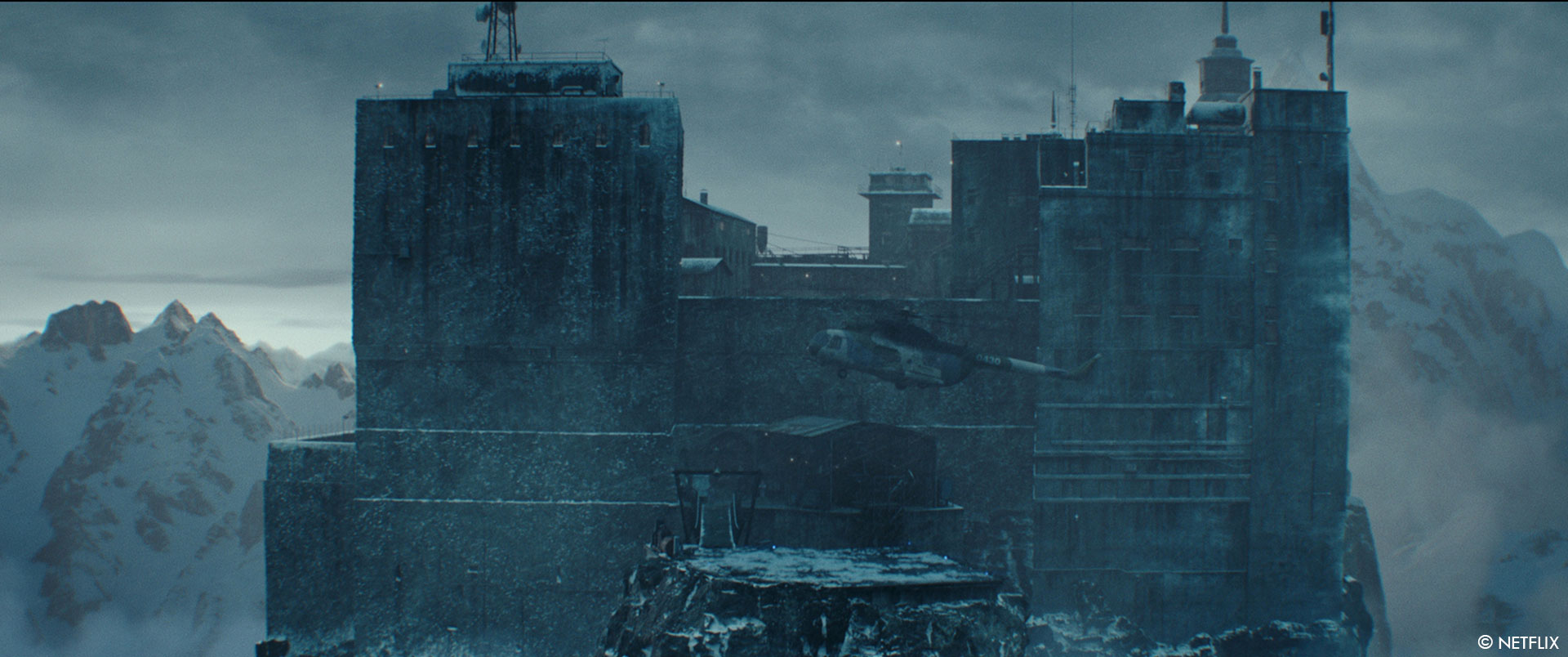
How did you work with the SFX and stunts teams?
George Cottle our stunt coordinator and JD where great partners threw out the show. We discussed everything together and worked out the most realistic way for each of us to contribute. For example, I drew storyboards and made a very ruff camera move in Blender to explain how I saw the stain glass window jump working. JD handled the stain glass break. George and Geoffrey Haley, our camera operator, worked out how to mount the camera while tethering the stunt doubles.
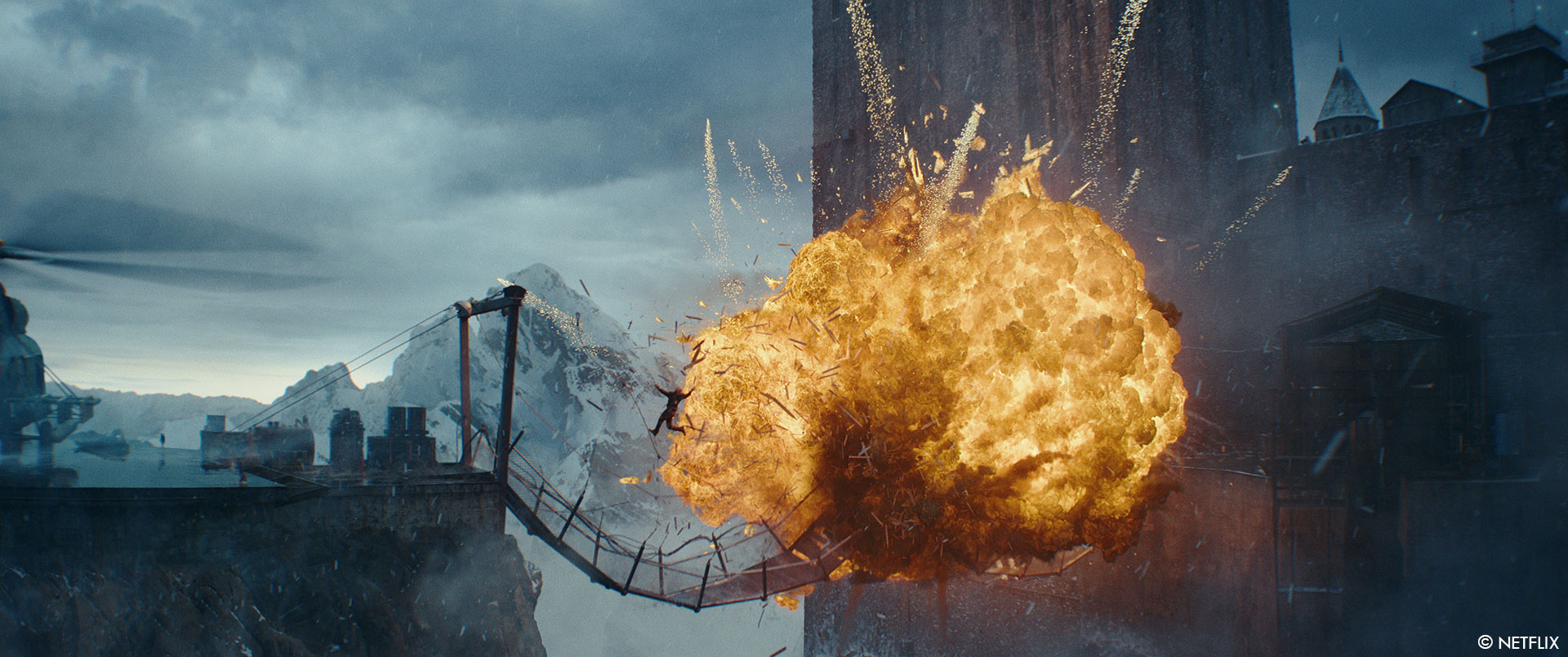
There is a lot of impossible camera moves especially in the Rome sequence. Can you elaborate about them?
The first thing to work out was how to transition from a racing drone to a Steadicam. The speed difference was concerning and how accurately I could get them both to be. The transition occurs just at the end of the bridge in front of St. Angelo’s museum. Geoff’s Steadicam move was the first thing we shot and he start on the set bridge about 20’ from the end. He began by running as fast as he could as DJ’s car rounds the corner right by him. I marked his path on the real bridge in Rome with tape on the ground like a landing strip and had the Johnny, our Race Drone operator, fly to a camera height and slow down along that line as much as he could before aborting. What made this really crazy was that the two bridges, the set version and the actual where at different scales, the actual being wider and farther away from the entrance than the set. ILM animated CG cars from the start of the drone shot to the point where the DJ’s car comes to a stop and replaced the entrance cobblestone up to DJ getting out of the car to compensate for the scale difference. The bridge from Rome replaced the set bridge until the camera comes around to look back at the bridge. The extras on the bridge where shot in Rome and the extras in the entry way terrace where shot on the backlot set in Atlanta by recreating Jeffs original camera move days later in different lighting. ILM created a scaled down version of the rest of St. Angelo’s to fit the set entrance.
Can you tell us more about the bull sequence?
For the execution, we always planned on using a CG bull of course. We found a bull that Rawson liked and built the model based on photos of that animal. Some minor coloring and scaring where added but otherwise that is the real bull. We had no space left of the backlot to build the arena floor, so the sequence was shot in a warehouse. Andy built about 170? of the red wall, the exit gate and abut 40 feet of grandstand to either side of the gate up to about 20 feet high. The biggest problem was where the sun was on set because of the low ceiling. ILM built the arena based on photos because once again we could not shoot in Spain during Covid.
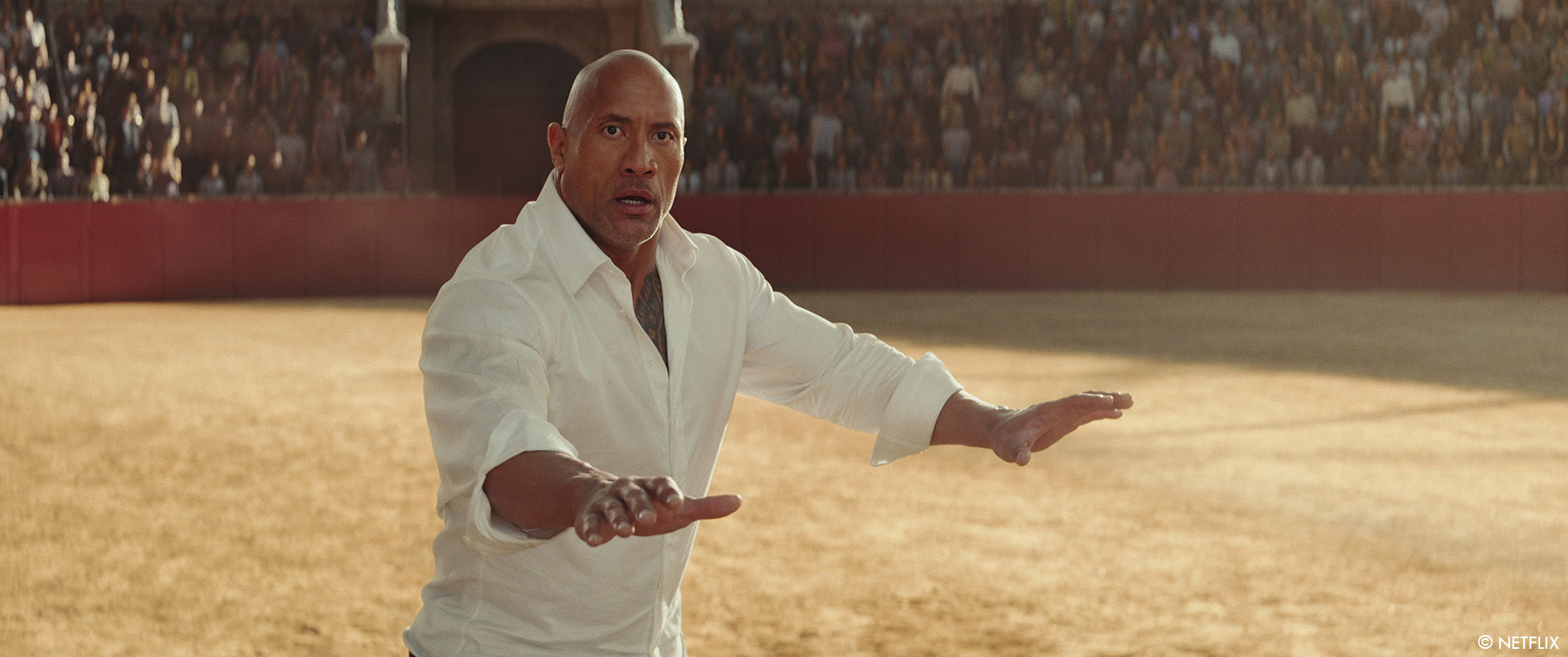
The final sequence takes place in an endless mine. How does underground lighting affected your work?
Marcus worked out how to string lights on the walls of the mine. We really just stayed true to his lighting although there are quite a few full CG shots in the sequence.
Did you want to reveal to us any other invisible effects?
I think the most invisible is the ball room sequence. Almost every shot in that scene, from the time DJ hands in his invitation is shot with two passes. One with the star actors, DJ, Ryan and Gal alone. The second pass with all the guests. I ran a second unit for about a month recreating every Steadicam shot by making marks where the center mark was every second of the move. The video assist operator called out the seconds and I added a metronome click track to the music playback to keep everyone in sync.
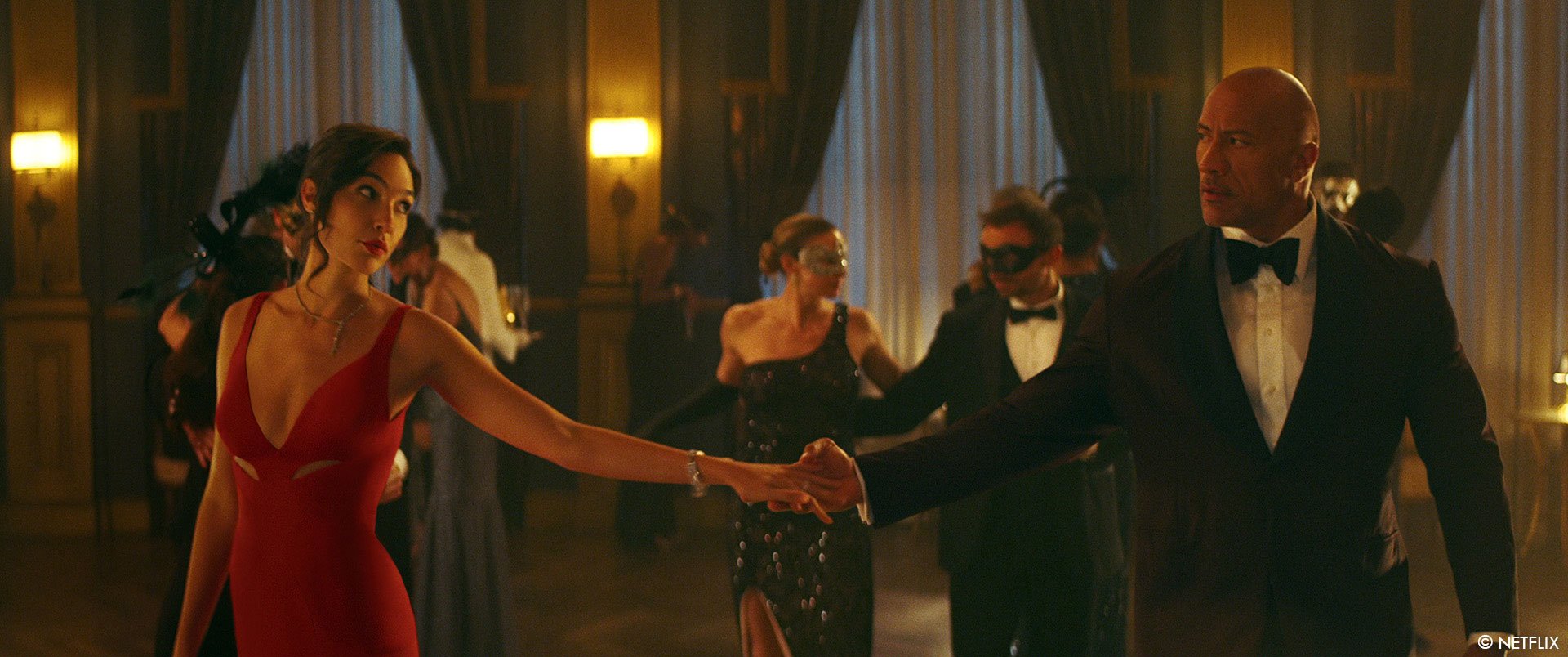
Which sequence or shot was the most challenging?
The opening or the ballroom are the two best candidates.
Is there something specific that gives you some really short nights?
I think you have read it hear.
What is your favorite shot or sequence?
I like the opening shot of the prison a lot.
What is your best memory on this show?
Holding on in the helicopter while shooting the Dolomite plates in 125 mile an hour wind.
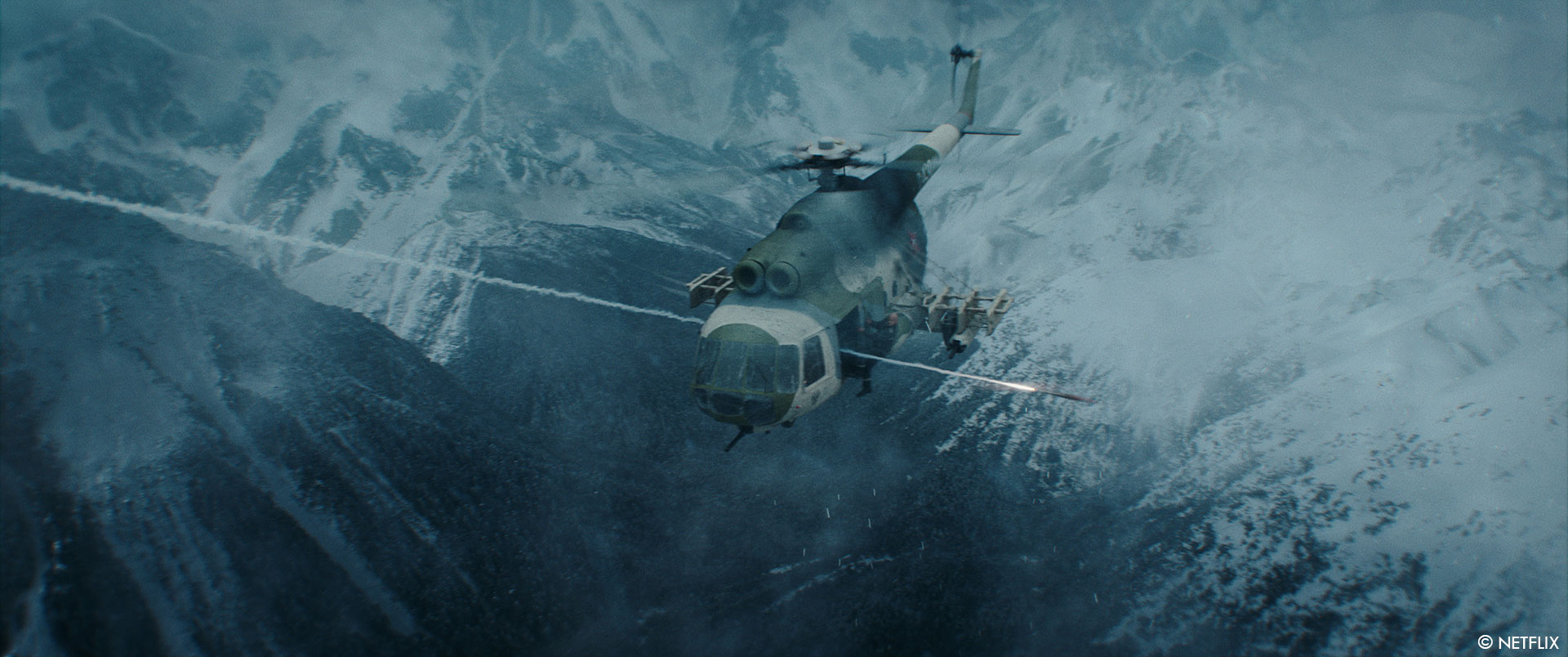
How long have you worked on this show?
I worked on the show a little over 2 and half years. That includes a 4 month hiatus for Covid in the middle.
What’s the VFX shots count?
We ended up with 1425 shots.
What is your next project?
Working on that now.
A big thanks for your time.
// Behind the FX of Red Notice
WANT TO KNOW MORE?
Netflix: You can now watch Red Notice on Netflix.
Framestore: Dedicated page about Red Notice on Framestore website.
ILM: Dedicated page about Red Notice on ILM website.
© Vincent Frei – The Art of VFX – 2021






